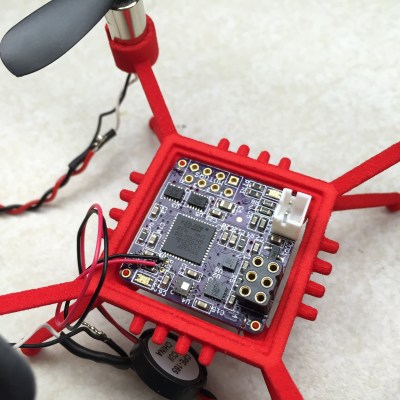Many things that humans do are very difficult for machines. Case in point: tying shoelaces. Think of the intricate dance of fingers crossing over fingers that it takes to pass off a lace from one hand to the other. So when a team of five students from UC Davis got together and built a machine that got the job done with two hooks, some very clever gears, and two motors, we have to say that we’re impressed. Watch it in action on Youtube (also embedded below).
The two-motor constraint would seem at first to be a show-stopper, but now that we’ve watched the video about a hundred times, we’re pretty convinced that a sufficiently clever mechanical engineer could do virtually anything with two motors and enough gears. You see, the secret is that one motor is dedicated to moving a drive gear back and forth to multiple destinations, and the other motor provides the power.
This being Hackaday, I’m sure that some of you are saying “I could do that with one motor!” Consider that a challenge.
Meanwhile, if you need to see more gear-porn, check out this hummingbird automaton. Or for the miracles of cam-driven machines, check out [Fran Blanche]’s work with the Maillardet Automaton.
Continue reading “Shoelace-Tying Robot With Only Two Motors”



















